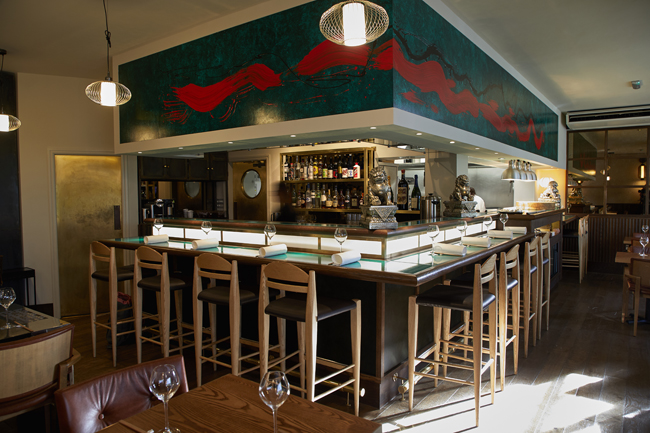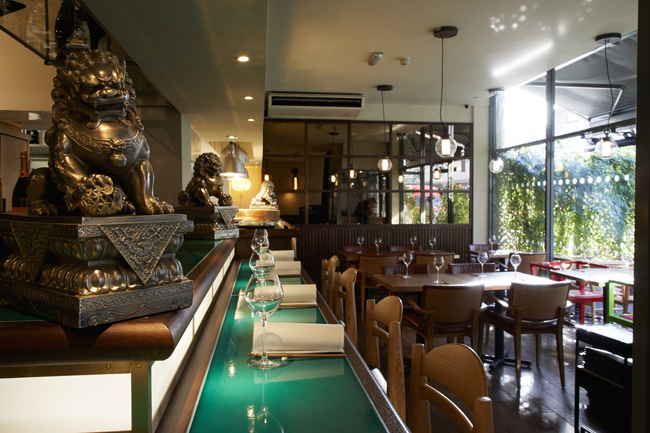Dim sum king: Andrew Wong draws on thousands of years of Chinese history at his London restaurant A Wong
Andrew Wong has always based his menu at A Wong in London's Victoria on authentic Chinese cuisine, but now he's delving deeper, creating a sharing menu fit for an emperor, as well as opening another site in the City's Bloomberg Arcade. Fiona Sims reports
And no, in case you're wondering, Andrew isn't the A in A Wong. It's a nod to his parents, Albert and Annie, who founded the restaurant in 1985. Although since Andrew took it over five years ago, it's a very different animal, with its lofty lunchtime dim sum and its 10-course Taste of China menu, a romp through regions most of us have never heard of.
It's because Wong wants us to know more about Chinese cuisine - beyond Cantonese, Shanghainese and our peculiarly British hybrid of it. And if he can do that at a grass-roots level, then so much the better. Not content with just a Michelin-starred eatery, Wong is opening a second, more casual restaurant in the City's Bloomberg Arcade in the summer, which will aim to do just that.
"I've been given this privileged platform and I think it would be an injustice not to use it in some way to promote Chinese culture and heritage, because there is just so much to know," he says.
The new restaurant is backed by Chris Miller's White Rabbit Fund and is set to open in June. It will seat 80 and occupy two floors, and boast a bigger kitchen than the one in Pimlico. Will it be called Madame Wong, as reported widely by the press? "We've still got a few names we're working on," he replies, with a shrug.
"Although it will be completely different to A Wong, it will still reflect the way I cook," he adds. He's not giving much away about the menu, but he insists there won't be any crossover with the dishes.
"We're still toying with it. The most important thing is that it needs to sit well with the City crowd. A Wong is very much a neighbourhood restaurant and I'm here every day - we try our best to make it as destination as we can. The restaurant in the Bloomberg building is for office workers who need a quick meal that will give them a snapshot of China and an understanding of what we do - what China has to offer, with its multiple levels of flavours and textures," he explains.
Meanwhile, A Wong, which has just had a bit of a makeover and is sporting more serious seating and more grown-up flooring and lighting, is set to move in a slightly different direction - more of which later. "It will give this second restaurant a clearer identity," says Wong. "In London there is this massive, murky pool of relatively inexpensive Chinese food. We will try to do something slightly different, but still using the best products and cooking with integrity and celebrating those techniques. The amount of research that goes into these dishes will be the same as the work we put into the dishes at A Wong."
Collaborate to innovate
He reveals that he's been working on the development of these new dishes with "some great chefs" in both London and Hong Kong, coaxing them to part with their techniques. For example, he waxes lyrical about a technique for cooking pork belly where it stays crispy for five hours and crumbles like pastry.
"The second restaurant project has been going on for several years and we had been trying to find the right home for it and now we have one. The first seed was a won ton noodle shop, and obviously that idea has changed dramatically, but it will have the heart of that - busy and buzzy," he promises. There'll be no dim sum, though. "It's a very specialist skill - we have two ladies here in Pimlico who have been doing it for 25 years. If we can't do the very best, I'd rather not do it at all," he says.
The dim sum at A Wong is what put the restaurant on the map for many. Take his ginger-scented, broth-filled soup dumplings, which he injects, rather ingeniously, with vinegar. "It used to annoy me seeing people dunk them in too much vinegar, not to mention the waste, so we decided to inject it. But I don't see that as innovation, I just see that as being practical - I can control the volume of vinegar," he says.
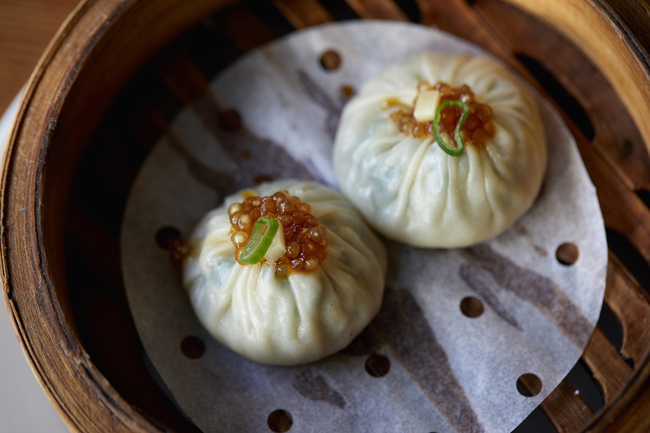
e prawn dumpling, too, shows star quality with its rice vinegar foam and chilli jam. "I'm not even a big fan of foam. But the one thing I've always disliked about har gau is that they are quite one-dimensional. If you eat any more than three, it gets very samey, so the chilli jam gives it a bit of sweetness and the rice vinegar foam adds another dimension," he explains.
"I didn't necessarily expect to win accolades but I did want to be the best. It would be the same if I was playing ice hockey, for example - I'd want to play at national league level. And a Michelin star is a pinnacle for the industry. The aim was always to create a restaurant of which I and my wife Nathalie could be proud."
He admits it wasn't easy when they first opened. "It was a car crash, to be honest. When you first get the reins of anything, you're not very comfortable with what you think you like, so you follow trends, and you look at what other people are doing and what other people are saying, and you aspire to that, instead of thinking, 'is this bullshit?' But five years down the line, I'm comfortable with the fact that there's no point in comparing myself to the likes of Claude Bosi or Isaac McHale.
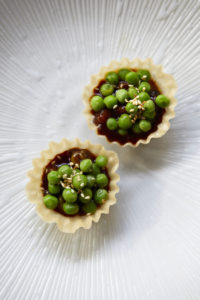
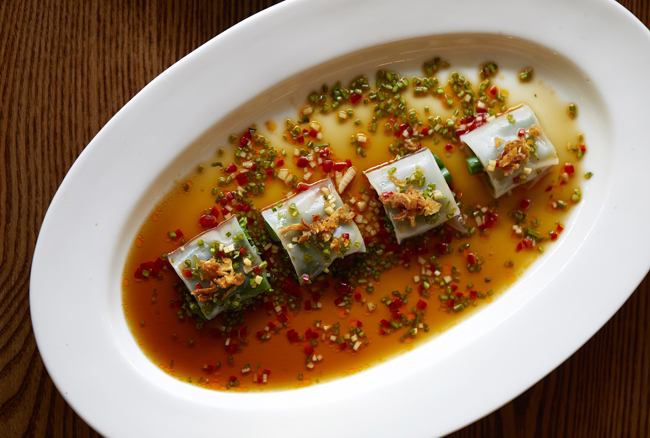
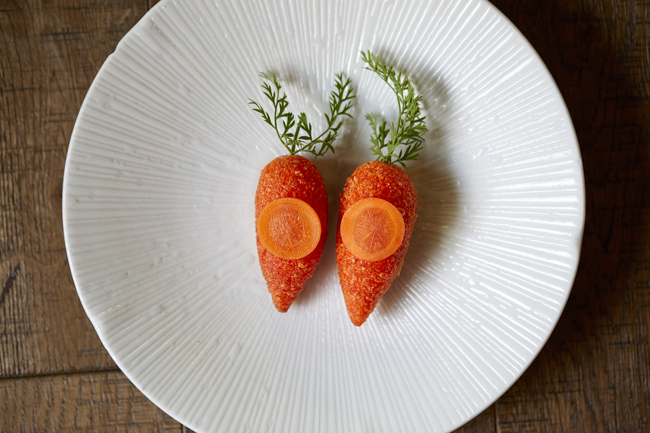
A very personal journey in Chinese culture 


